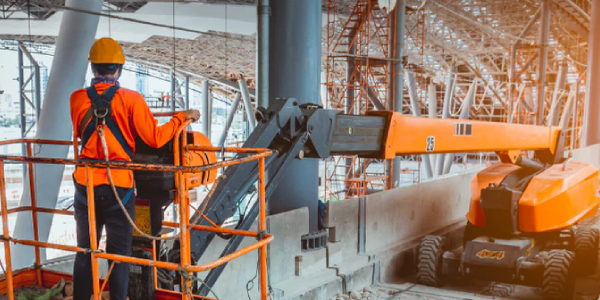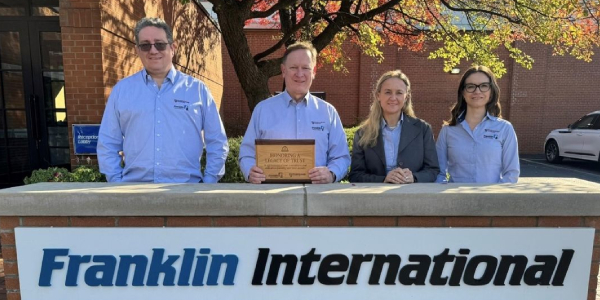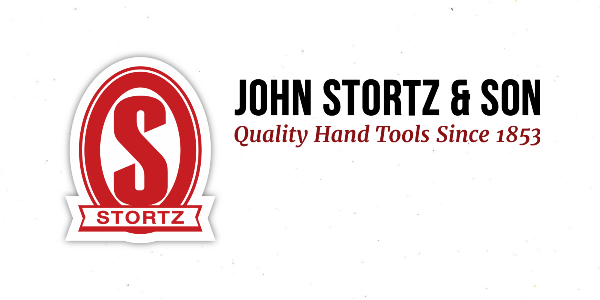Up, up and away: Aerial lifts in the roofing industry

By WRYKER.
Aerial lifts are a popular and helpful tool for working at heights, but it is imperative your team knows how to stay safe up there.
Working at heights is a necessary part of most roofing projects and many construction projects in general, but it is also one of the most dangerous parts of the job. There are many ways to go about this, from scaffolding to ladders and so forth, but today the safety team at WRYKER wants to highlight aerial lifts and how to use these tools safely and effectively.
An aerial lift is defined as any vehicle-mounted device that uses an extendable platform to raise workers to a desired height. These can also be called boom platforms and have a multitude of accessory parts, such as extendable platforms, ladders, vertical towers and more. Made out of a variety of materials such as metal and fiberglass-reinforced plastic, these are a popular choice in the roofing industry because of their mobility and flexibility.
But there are inherent safety risks when it comes to using aerial lifts. It is estimated that accidents with these devices lead to 3% of construction deaths per year. From simply falling at a height, to being struck by an object or thrown off a platform, it is key that you and your team have a strong background in aerial lift safety to avoid becoming a part of this statistic.
Training for aerial lifts
The most crucial step to operating an aerial lift happens even before you step on it. Proper training is required to operate an aerial lift. Retraining is also required if an accident occurs on an aerial lift, a workplace hazard is discovered or a different type of aerial lift is used. Training and retraining may seem like a hassle, but it can help you maintain a safe work environment.
Training must include:
- Hazard procedures
- Explanations of all hazards: electrical, fall, falling objects, etc.
- Identifying and avoiding unsafe conditions or hazards
- Instructions for operation of lift
- Instruction on maximum intended load and capacity
- Demonstrations of aerial lift knowledge and skills
- Inspection procedure and timeline
- Manufacturer’s requirements
Safely using an aerial lift
There are many ways to maintain safety while using an aerial lift, but you cannot go without inspections and fall protection. Those are two essential components to maintaining safety on an aerial lift.
Before each work shift, you must inspect your aerial lift to certify it is in safe, working condition. Always follow the manufacturer’s recommendations. You need to inspect the vehicle components and the lift components. It is also essential to check that the lift is working before putting any workers or supplies on it.
Items to inspect and look for:
- Proper fluid levels
- Leaks
- Wheels
- Battery and charger
- Lower-level controls
- Horn, gauges, lights and back up alarms
- Steering and brakes
- Operating and emergency controls
- Hydraulic, air, pneumatic, fuel and electrical systems
- Fiber glass and other insulating components
- Missing or unreadable markings
- Mechanical fasteners and locking pins
- Cable and wiring harnesses
- Outriggers, stabilizers and other structures
- Loose or missing parts
- Guardrail systems
After inspecting your aerial lift, inspect the surrounding work zone to ensure there are no hazards present. You want to check above, guaranteeing there are no hazards, such as electrical wires or if indoors, no low ceilings. Below, check for an unsafe surface, including loose soil, drop-offs, holes, ditches, slopes, debris or anything else that create a dangerous situation. Finally, be sure to check the weather. Using an aerial lift during thunderstorms, hail or other severe weather is incredibly unsafe.
The other essential component of safety is fall protection. Fall protection is critical when using an aerial lift. OSHA requires you to wear a body belt with a lanyard attached to the boom when working on an aerial lift. It doesn’t matter what height you are at, what job you are performing. OSHA requires fall protection at all times on an aerial lift. It is important to note that body belts are the bare minimum requirement. They prevent falls, but the best option is to use a personal fall arrest system.
The do’s and don’ts
We have compiled a shortlist of do’s and don’ts while operating a lift. Make sure to bookmark this page, so you can double-check that you are prepared for using your aerial lift.
Do’s
- Use outriggers, brakes and wheel clocks for added stability
- Use fall protection
- If you must work near electrical wires, always be aware of them
- Ensure everyone is trained
Don’ts
- Don’t override hydraulic, electrical or mechanical safety features
- Don’t surpass weight or height limits
- Don’t climb, sit or lean against the edge of the platform
- Don’t put scaffolding on an aerial lift
Thank you for reviewing aerial lift safety with us today. Aerial lifts provide some much convenience to us in the construction business, but we need to remember to use them safely and cautiously.
Original article and photo source: WRYKER
Find OSHA-compliant products favored by workers here!
Learn more about WRYKER in their Coffee Shop directory or visit www.wryker.com.























Comments
Leave a Reply
Have an account? Login to leave a comment!
Sign In